Trailer:
“Life is Beautiful” (1997), directed by and starring Roberto Benigni, is a poignant and heart-wrenching film that masterfully balances humor and tragedy. Set against the backdrop of World War II, the movie tells the story of Guido Orefice (Benigni), a charming and optimistic Jewish-Italian man, who uses his wit and imagination to protect his son from the horrors of a Nazi concentration camp. The film’s blend of comedy, romance, and drama earned it widespread acclaim, winning three Academy Awards, including Best Actor for Benigni and Best Foreign Language Film.
Plot Overview
The film is divided into two distinct halves. The first half is set in the late 1930s in Italy and focuses on Guido’s courtship of Dora (Nicoletta Braschi), a beautiful schoolteacher. Guido’s infectious humor and unyielding optimism win Dora’s heart, and the two marry and have a son, Giosuè (Giorgio Cantarini). This section of the film is filled with lighthearted moments, showcasing Guido’s playful spirit and his ability to find joy in the simplest of things.
The second half of the film takes a darker turn as the family is deported to a concentration camp. Despite the grim circumstances, Guido is determined to shield his son from the brutal reality. He convinces Giosuè that the camp is a complex game, where they must earn points to win a tank. Guido’s elaborate ruse involves creating imaginative scenarios and interpreting the camp’s cruel rules as part of the game. His unwavering efforts to maintain the illusion of normalcy and protect his son’s innocence form the emotional core of the film.
Themes and Character Development
“Life is Beautiful” explores themes of love, sacrifice, and the power of imagination in the face of unimaginable adversity. Guido’s character embodies the resilience of the human spirit, using humor and creativity as tools of survival. His love for his family drives him to extraordinary lengths, showcasing the depth of his character and the strength of his resolve.
The film also examines the impact of war on innocent lives, particularly children. Through Giosuè’s eyes, the audience witnesses the transformation of a terrifying reality into a world of make-believe, highlighting the innocence of childhood and the protective instincts of a parent. Dora’s character, though less central, represents the quiet strength and enduring hope of those who suffer in silence.
Visual Style and Cinematic Approach
Director Roberto Benigni employs a distinctive visual style that contrasts the vibrant, sunlit scenes of the film’s first half with the stark, monochromatic imagery of the concentration camp. This visual juxtaposition underscores the drastic shift in the narrative and the harsh reality of war. The cinematography by Tonino Delli Colli captures both the whimsical beauty of Guido’s world and the grim desolation of the camp, enhancing the film’s emotional impact.
The film’s use of music, composed by Nicola Piovani, further amplifies its emotional resonance. The score seamlessly transitions from lighthearted, playful tunes to somber, melancholic melodies, reflecting the changing tone of the story. The interplay of music and visuals creates a rich, immersive experience that draws the audience into the characters’ world.
Performances
Roberto Benigni’s performance as Guido is nothing short of extraordinary. His boundless energy, comedic timing, and emotional depth bring the character to life, making Guido both a lovable and heroic figure. Benigni’s ability to convey joy and sorrow with equal conviction anchors the film, making his portrayal unforgettable.
Nicoletta Braschi delivers a nuanced performance as Dora, capturing her character’s quiet strength and unwavering love for her family. Giorgio Cantarini, as young Giosuè, provides a natural and endearing performance that complements Benigni’s exuberance. The chemistry between the actors enhances the film’s emotional core, making their relationships feel genuine and heartfelt.
Conclusion
“Life is Beautiful” is a remarkable film that deftly navigates the delicate balance between comedy and tragedy. Its enduring message about the power of love, imagination, and hope resonates deeply with audiences, making it a timeless classic. Roberto Benigni’s masterful direction and captivating performance, along with the film’s poignant themes and stunning visuals, ensure that “Life is Beautiful” remains a powerful and moving cinematic experience.
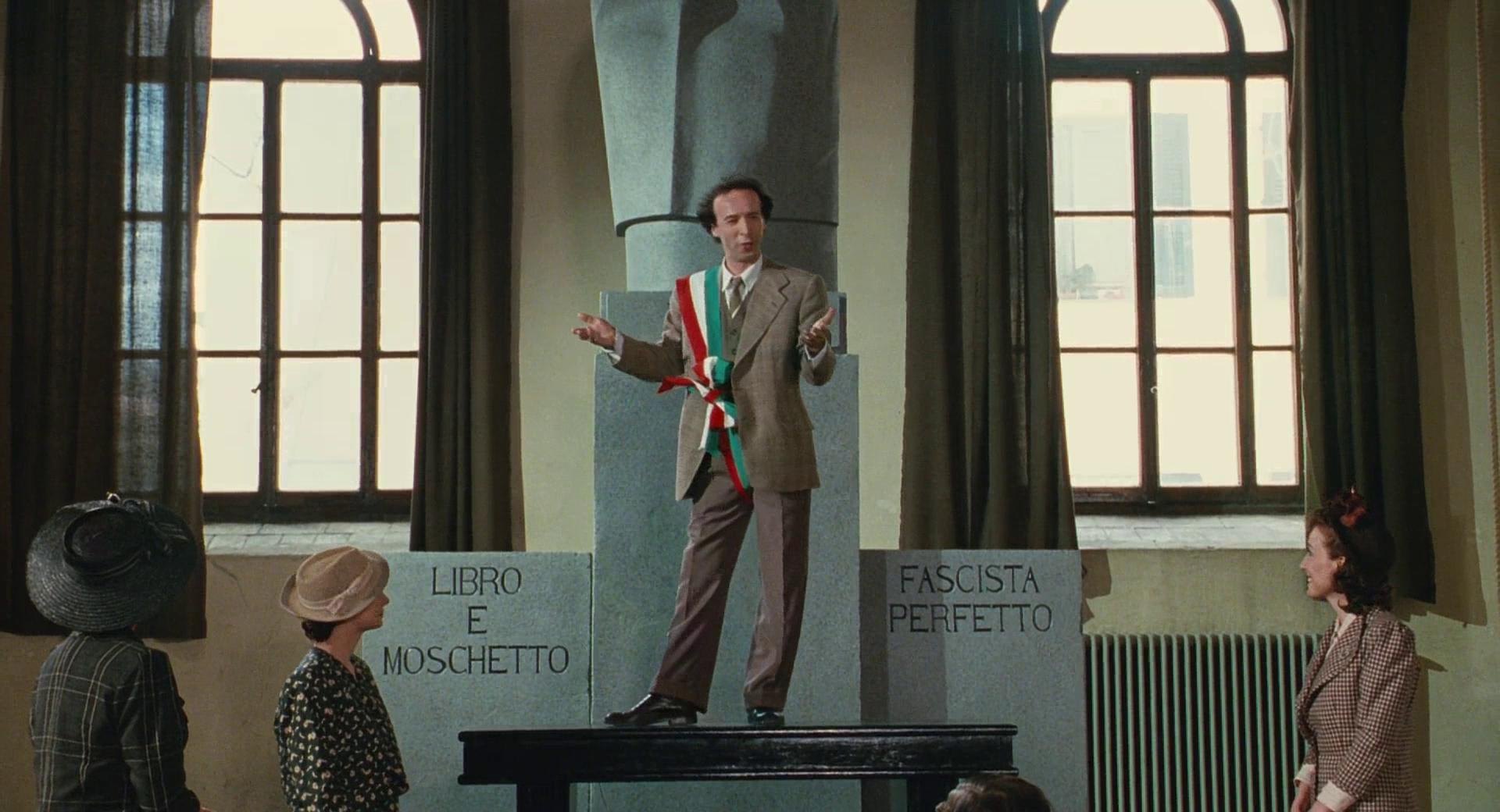
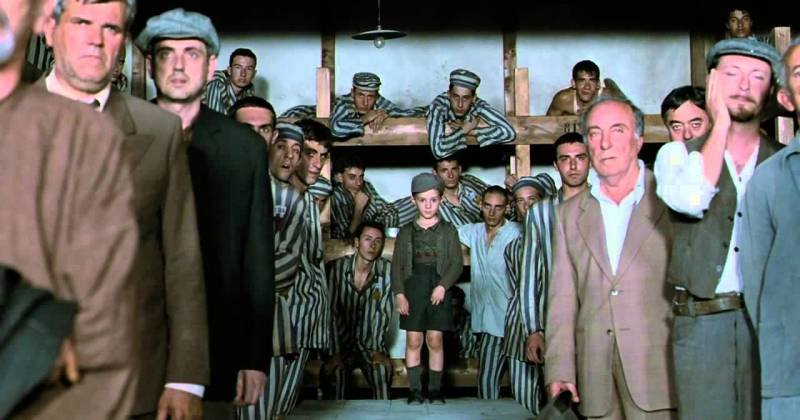
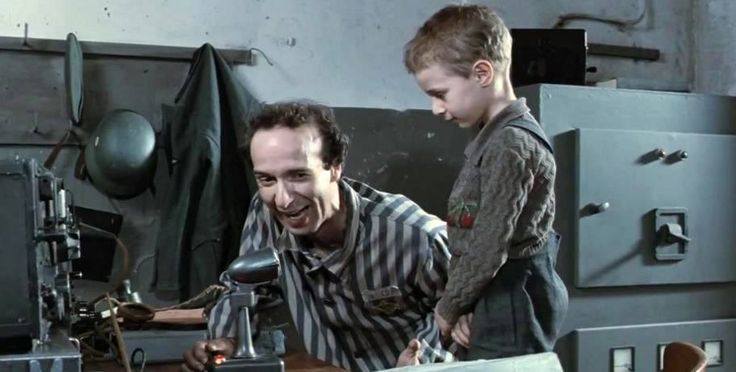
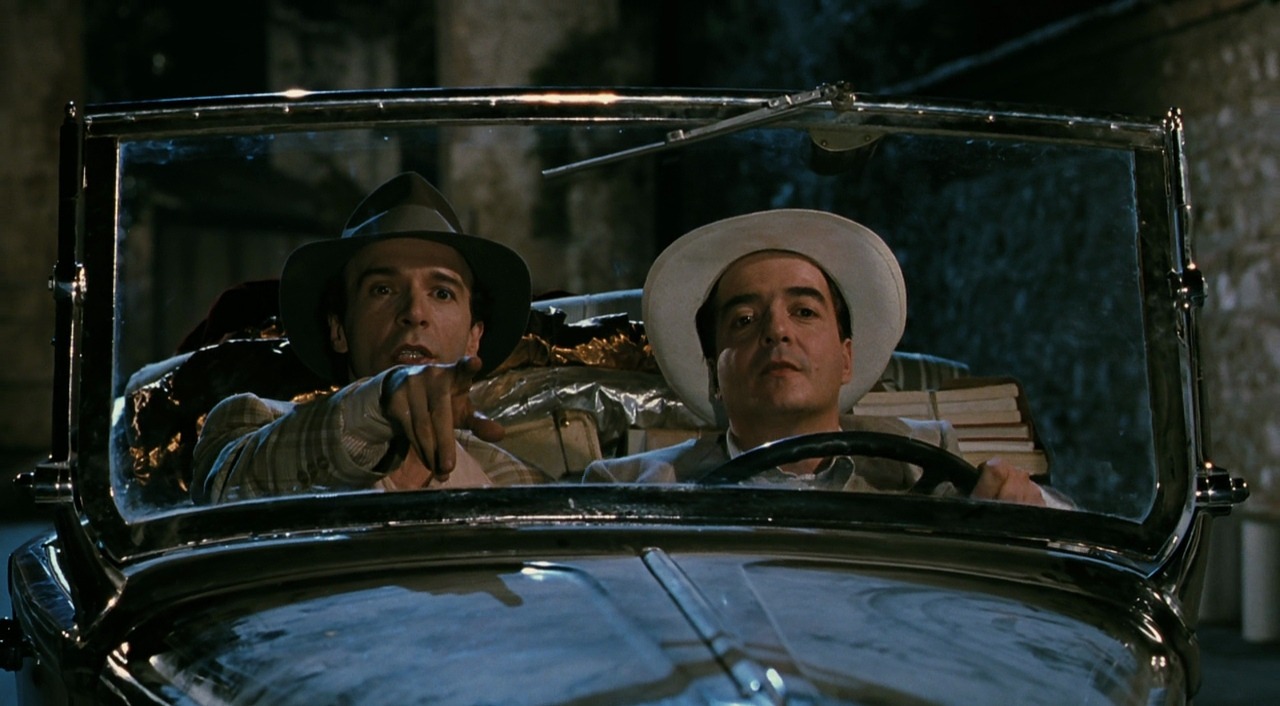
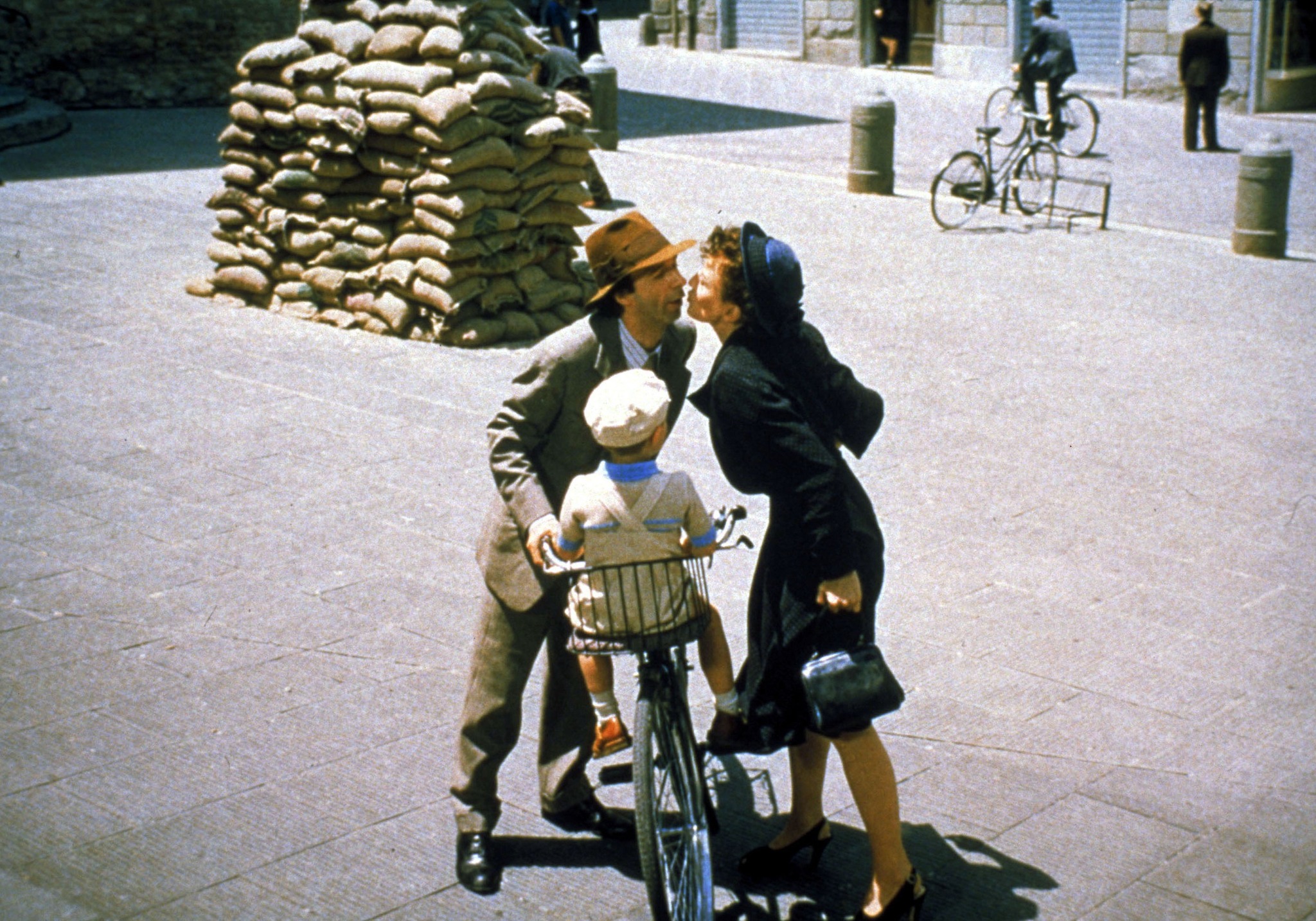
Related Posts

The Twilight Saga 6: The New Chapter
Trailer: https://youtu.be/v2ko7_K2AHw?si=8PcYHBRk-c06Mf7w "The Twilight Saga 6: The New Chapter" (2024)…

World War Z 2: Aftermath (2024)
Full: https://youtu.be/ztiQWttTRao?si=g2lQeNqQz4u4xMo7 "World War Z 2: Aftermath" (2024) continues the…

Seal Team Season 7
Trailer: https://youtu.be/d9PZYcQ0YIo?si=5Wv9qZ1t09dQ81mq "SEAL Team," the popular military drama series, has…
